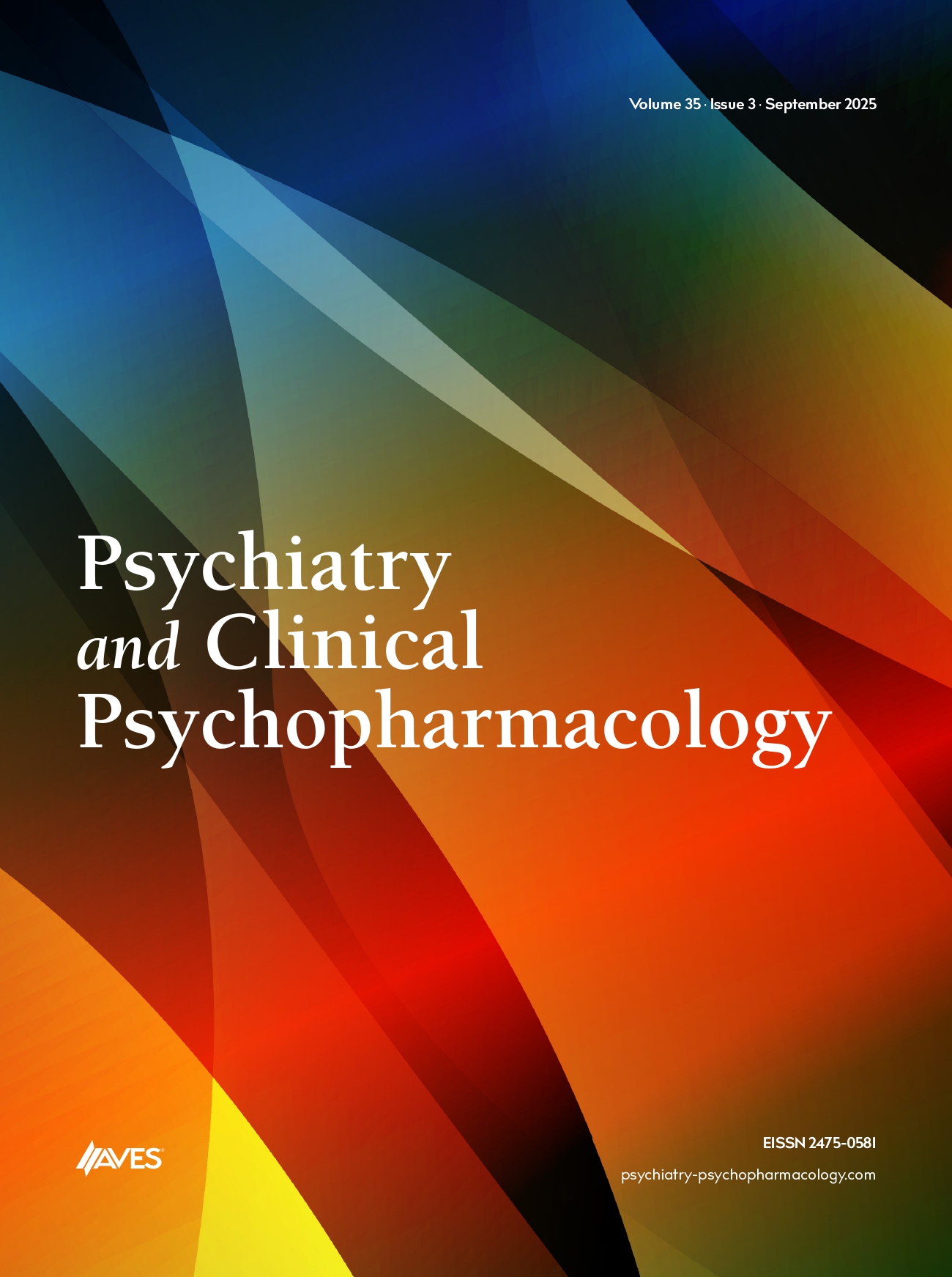Objective: Kleptomania is an impulse control disorder, which is characterized by one's uninterrupted impulse of stealing objects that needed neither for use nor for value, in a repetitive uncontrollable manner (1). Studies stated that those with kleptomania are accompanied by other psychiatric conditions such as mood disorders, other impulse control disorders, or substance abuse and addiction (2). For the treatment, selective serotonin reuptake inhibitors, mood stabilizers, and opioid receptor antogonists have been shown to be effective. In recent years, treatment for pathological gambling and trichotillomania as other impulse control disorders in which naltrexone and bupropion were studied for effective treatment of pathological gambling and trichotillomania, bupropion has been found to be as effective as naltrexone (3-4). The effectiveness of bupropion for treatment of kleptomania, which is classified as an impulse control disorder, is discussed on two cases in this report.
Case 1: A 34 year-old married, women, graduated from high school presented with fatique, stress, lack of motivation, and complaints of staying in house, which lasted for the last two months in March, 2011. She had been stealing objects which were not important for her or she didn't need for a year. She stated that she felt joy during kleptomanic behaviour and later felt guilty and depressed and she could not leave the house. She had substance abuse history and had been treated for major depression. SCID-I revealed she had major depressive disorder recurring type and kleptomania. For treatment, bupropion was given 150 mg/day initially, then increased to 300 mg/day. The depressive symptoms were apperently reduced in 8th week of the treatment. In 12th week, psychiatric examination revealed that functionalty, stealing impulse, and behaviour healed clearly.
Case 2: A 25 year-old single,women, graduated from high school presented with hypersomnia, eating too much, lying, suicide thoughts, and stealing things that she didn't need. Kleptomanic behaviour had begun one year ago. She was told to be overweight when she was 8 year-old and tried to commit suicide when she was attending to secondary school. She had been shopping compulsively for 3-4 years. SCID-I revealed that she had major depressive disorder recurring type and kleptomania. Bupropion 150 mg/day was started initially, then 300 mg/day was given for treatment. The depressive symptoms were reduced markedly in the 10th week of the treatment. Desire and impulses to steal, hyperphagia, and suicide thoughts were found to be treated.
Discussion: There are studies (3-4) showed bupropion to be effective for treatment of pathological gambling and trichotillomania, both of which are impulse control disorders. We investigated the effectiveness of bupropion treatment in two cases, who had kleptomania and co-existing mood disorder. To our knowledge this is the first case report bupropion is used for kleptomania treatment. Larger and controlled studies on kleptomania would make it possible to understand the pharmacotherapy and etiology of this disorder better.
References:
1. Hocao?lu Ç, Kandemir G. The use of SSRI (Selective Serotonin Reuptake Inhibitors) in kleptomania's treatment: case reports. Bulletin of Clinical Psychopharmacology 2004;14:204-8.
2. Bayle FJ, Caci H, Millet B, Richa S, Olie JP. Psychopathology and comorbidity of psychiatric disorders in patients with kleptomania. Am J Psychiatry 2003;160(8):1509-13.
3. Bhanji NH, Margolese HC. Alternative pharmacotherapy for trichotillomania: a report of successful bupropion use. J Clin Psychiatry 2004;65(9):1283.
4. Dannon PN, Lowengrub K, Musin E, Gonopolski Y, Kotler M. Sustained-release bupropion versus naltrexone in the treatment of pathological gambling: a preliminary blind-rater study. J Clin Psychopharmacol 2005; 25(6):593-6. Bulletin of Clinical Psychopharmacology


.png)
.png)